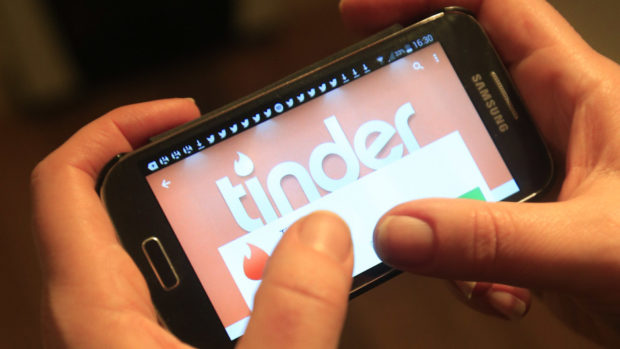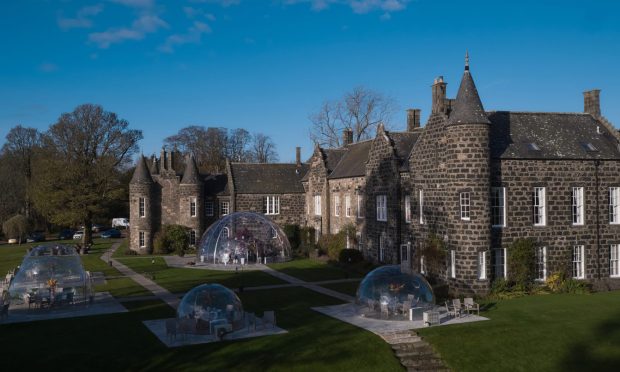Tinder brings out the basic mating instincts of men and women as they choose between beauty and brains, a study has found.
Men using the smartphone dating app tend to select “hot” candidates, while women are more likely to prize intelligence and stability.
The findings may come as little surprise but suggest that Tinder reinforces ancient mating behaviour that evolved to help us survive, say scientists.
Dr Mirjam Brady-Van den Bos, from the University of Aberdeen’s School of Psychology, said: “Our research demonstrates that we haven’t really changed in all those millennia of evolution.
“Tinder is seen as a sophisticated but artificial way of meeting prospective partners. What we’ve shown though is that the way people search for potential dates is in line with what evolutionary theories on human mating choices would predict.”
People using Tinder swipe left or right on their phones to “pass” on would-be partners or show that they “like” them. If two individuals “like” each other with right-swipes they can start messaging.
According to Tinder, 1.6 billion swipes are made each day across 190 countries.
https://www.eveningexpress.co.uk/fp/news/uk/meet-13-right-swiped-people-tinder-uk/
The psychologists recruited male and female Tinder users through Facebook and by word-of-mouth. All participants were aged 20 to 26 and lived in north-east Scotland.
Tinder promotes the “McDonaldisation” of dating that expends little time and effort, much like visiting a fast food restaurant, said Dr Brady-Van den Bos. This encouraged people to tap into their ancient mating instincts.
She said: “Accepting that this ‘McDonaldisation’ of romantic partners mirrors real life is hard – but it does. People are reverting to human nature much more than they realise.”
The research highlighted clear differences in what compelled men and women to swipe right or left.
https://www.eveningexpress.co.uk/news/tinders-new-reactions-feature-includes-animations-exclusive-to-women/
Men were mainly focused on appearance, while women looked for evidence of good career prospects, stability and intelligence.
Women Tinder users were also far less trusting than men, and wary of people using fake profiles to trick their way into a date.
“This potential for abuse of trust was brought up a lot, mainly by female participants,” said Dr Brady-Van den Bos.
“They weren’t necessarily first-hand experiences, but they told stories of people on Tinder dating someone who turned out to be a ‘catfish’ (someone with a fake profile).”
The research will be presented at the Economic and Social Research Council’s Festival of Social Science, taking place at venues across the UK next month.










